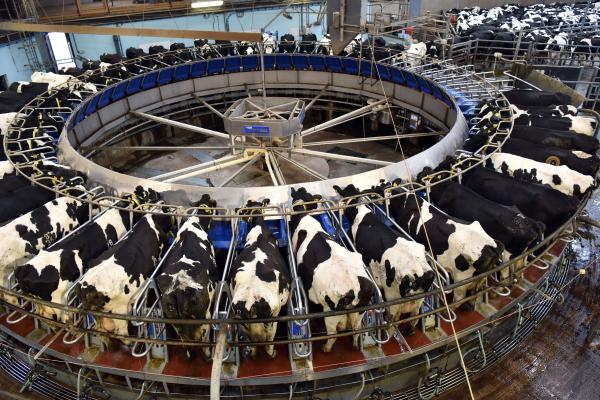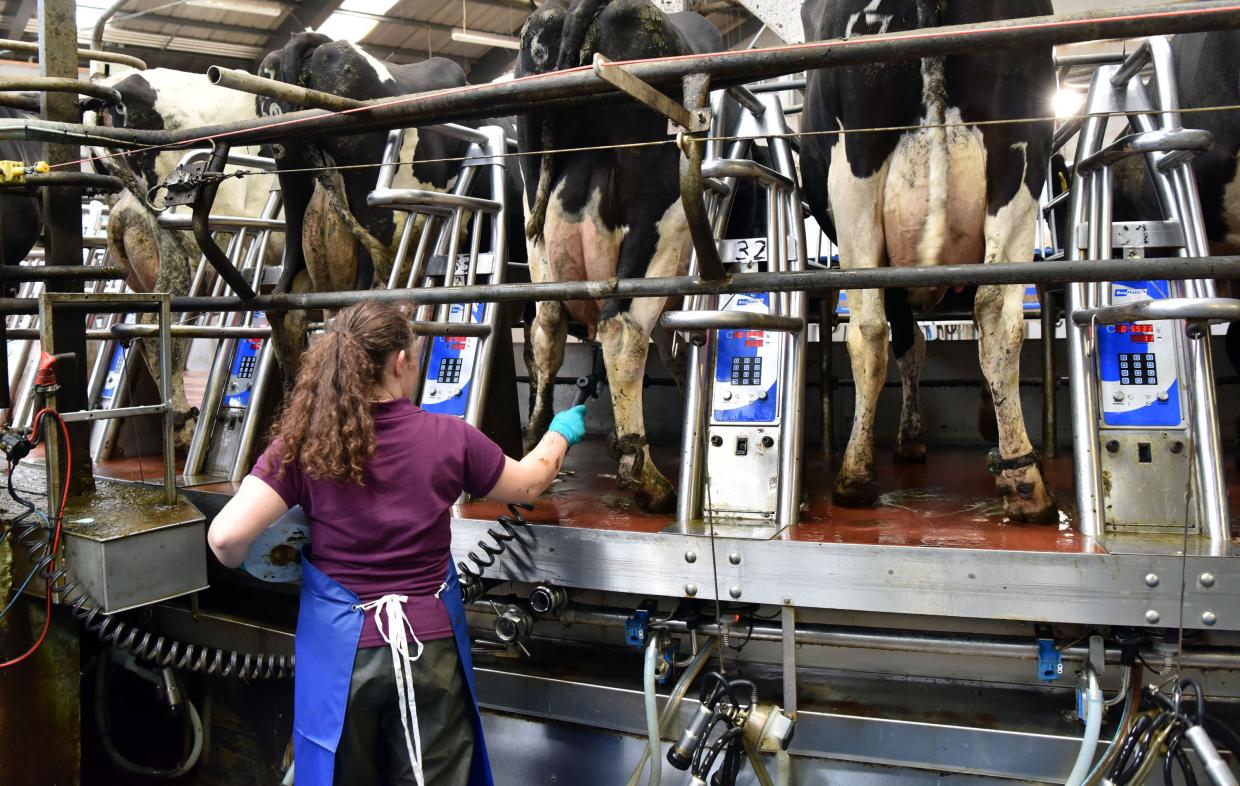



Environmental mastitis risk during housing
Udder infections may be picked up from the environment or transmitted from cow to cow (contagious transmission), so understanding the origin of infections can improve the effectiveness of any preventative steps. During this winter housing period take time to consider the risks facing your own herd from the environment.Environmental mastitis pathogens are widespread in cows’ dung, in bedding materials, at pasture, in water and on the cow’s skin itself. Milk culture is a valuable tool, which can be used as an important part of an udder health strategy in dairy herds here.
The most common major pathogens causing environmental mastitis are Escherichia coli (E. coli) and Streptococcus uberis (Strep. uberis). Data from 4512 milk samples submitted to AFBI for culture between 2015 and 2020, showed E. coli to be the most prevalent major pathogen (recovered from 35% of such submissions), followed by Strep. uberis (recovered from 24% of such submissions). Other environmental mastitis pathogens of note include Klebsiella, Pseudomonas and Trueperella species.
Many environmental mastitis pathogens thrive in conditions typical in cattle housing, whether that’s high humidity (damp cubicles or bedding), temperatures in the cow shed, pooling of water or slurry.
Cows pick up these infections from:
- Lying areas / cubicle beds
- Floors and passageways
- Dirty legs and feet
- Wet, dirty areas at pasture
- Contaminated water
The best way to prevent environmental mastitis is to minimise the number of bacteria that can cause mastitis, at the teat end. You can cut the risk of new cases of environmental mastitis by improving cow cleanliness and stocking rates, and addressing the management of housing, feed and water.
Looking at the cows can give the first indication of environmental issues. If a cow is dirty, she is likely at higher risk of infection from the environment. To control environmental mastitis, it is important to keep cows clean and dry because infection can happen at any time, between and during the milking process.
Cow comfort is a key factor in reducing environmental risks for mastitis. Housing designed with the cow in mind is important. Even in well-designed housing, providing enough clean and dry bedding with regular maintenance is essential. Mastitis control can be maintained with a focus on bedding management and pre-milking teat disinfection. However, fundamental issues with building design, ventilation and stocking rate can often mean new infection rates remain high.
Many studies have demonstrated that over 50% of mastitis cases occurring in the first 100 days of lactation are because of infections acquired during the dry period. It is therefore important to prevent these new infections which is why good management and monitoring of cows at drying off and during the dry period, and of in-calf heifers, is critical.
If improvements can be made to the dry cow environment to improve hygiene and ventilation, and reduce moisture levels, there is a much better chance of reducing the risk of infection. It is important that the pre-calving accommodation is fit for purpose, has enough space and provides a clean, dry and comfortable environment - giving as much attention to the hygiene and cleanliness of this group of animals as is spent on the lactating animals.
The private veterinary practitioner responsible for a herd will be best placed to investigate disease concerns, or offer advice on reducing a disease risk through good husbandry and management practices.
AFBI laboratories offer a milk culture and antimicrobial sensitivity testing service, alongside a somatic cell count service (use the Farm Animal Submission Form when sending samples to VSD for testing). If considering submission of milk samples for bacterial culture it is imperative any sample be collected as hygienically as possible to avoid contamination, and maximise value of results obtained.
A useful picture guide for aseptic milk sampling technique is available to download from AHDB



